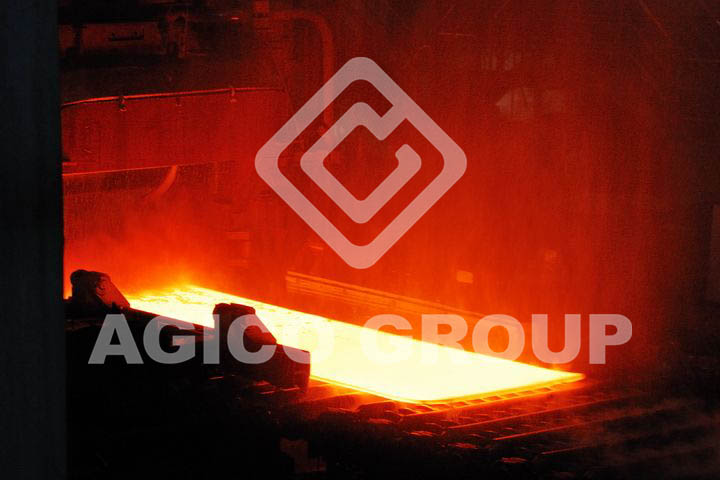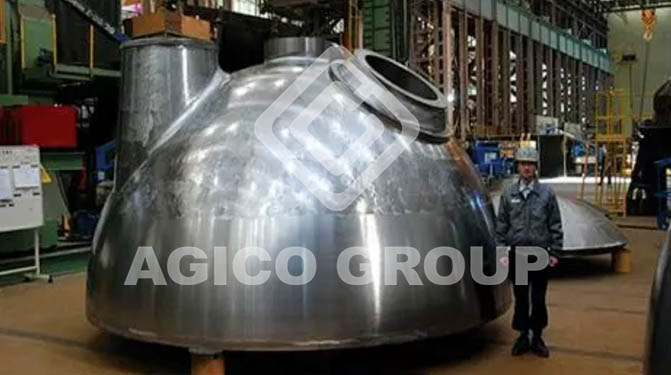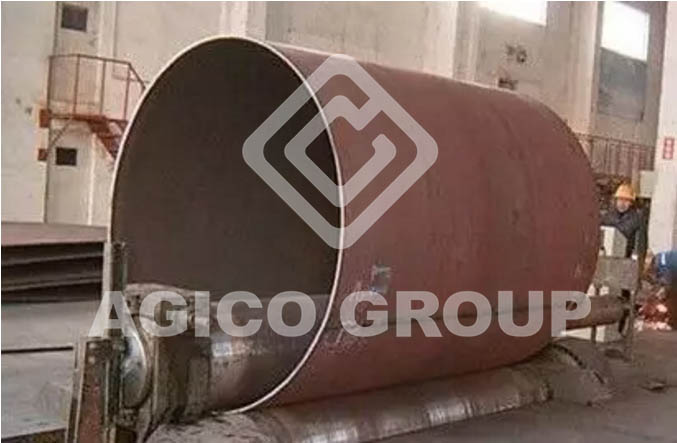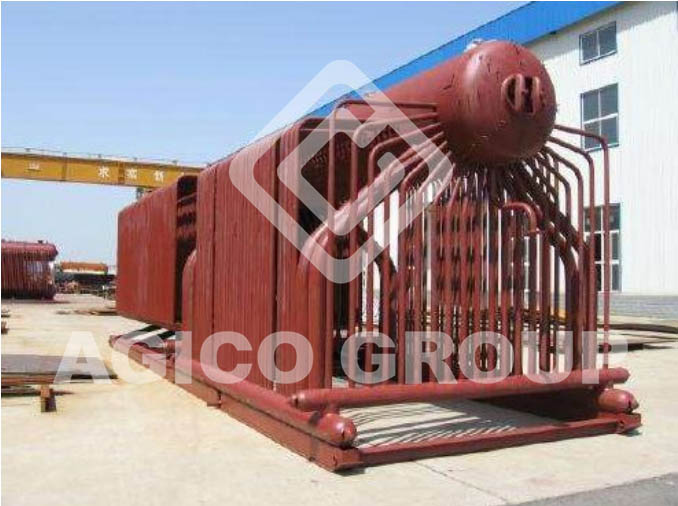Steel Plate for Boiler Manufacture
Boiler steel plate is one of the most important materials in boiler manufacturing. It mainly refers to hot-rolled special carbon steel and low alloy used for manufacturing important parts such as boiler shell, drum, header cover, and hanger. Heat resistant steel medium and thick steel plate material.

Boiler steel plates are often operated under medium, high temperature and high pressure conditions. In addition to being subjected to higher temperatures and pressures, they are also subjected to impact, fatigue loads and corrosion of water and gas, resulting in poor working conditions. If the boiler has a destructive accident during use, it will cause serious damage.
Therefore, the boiler steel plate must have good physical properties, mechanical properties and processability, and is strictly regulated in the technical provisions of the material standard to meet the safety in its use.
Classified by Material
From the material point of view, the boiler steel plate can be divided into two types: special carbon steel plate and low alloy heat-resistant steel plate.
- The materials used in boiler steel plates have strict control over chemical composition, especially harmful elements such as phosphorus and sulfur, and residual elements such as chromium, nickel and copper;
- Good deoxidation and removal of non-metallic inclusions during smelting to ensure good plasticity and toughness;
- The structure is required to be uniform, and the grain size is controlled within a certain range (between 3 and 7);
- There are also strict requirements for surface quality and internal defects;
- In addition, normal temperature and high temperature mechanical properties must be guaranteed.

In GB/T713-2014 "Steel plates for boilers and pressure vessels", it is clearly stipulated that oxygen converter or electric furnace should be used for smelting and refining treatment should be carried out. At the same time, the continuous casting billet should be ensured during hot rolling. The compression ratio is not less than 3.
Classified by Application
According to different working conditions, boiler steel plates can be divided into two categories: steel plates for room temperature and medium temperature pressure parts and steel plates for high temperature pressure parts.
Boiler steel plates at room temperature and medium temperature (below creep temperature) are mostly made of carbon steel, including carbon steel, carbon-manganese steel, carbon-manganese-silicon steel, etc., ie Q245R in GB/T713-2014 "Steel for boilers and pressure vessels". Q345R (20g, 22Mng, 16Mng, 19Mng steel in GB/T713-1997 "Boiler Steel Sheet"), and ASME SA-515/SA-515M "Carbon Steel Sheet for Medium and High Temperature Pressure Vessels", SA-299/SA- 299M "Carbon Manganese Silicon Steel Sheet for Pressure Vessels", etc. It is mainly used for the manufacture of boiler drums, pressure-receiving parts such as tank end caps below medium temperature.
Room temperature and medium temperature boiler steels are required to have
- Higher room temperature strength;
- Good impact toughness and low notch sensitivity;
- Due to the large amount of cold deformation required for the processing of the drum, etc., it also has good ageing toughness;
- Good processability and weldability;
- Good low-power organization, etc.

High temperature (above creep temperature) For boiler steel plates, low alloy heat resistant steel is generally used, and chromium chromium molybdenum steel, chromium molybdenum vanadium steel, chromium molybdenum tungsten steel, etc. are commonly used. It is mainly used to manufacture high temperature pressure-bearing parts such as high temperature header end caps and steam pipe blocking plates.
For example, GB125-2014 boiler steel plate 15CrMoR, 12Cr1MoVR and US ASME SA-387/SA387 M chromium-molybdenum alloy steel plate for pressure vessel Gr22, Gr91 and ASME SA1017/SA1017M pressure vessel for chromium-molybdenum-tungsten alloy steel plate Gr23, Gr911, Gr122 steel, etc.
High temperature boiler steel plates are required to have:
- Adequate high temperature endurance and long-lasting plasticity;
- Good high temperature tissue stability;
- Good high temperature oxidation resistance (heat resistance);
- Good hot and cold processing technology (mainly cold bending deformation and weldability).
Main features of boiler steel plate
Since boiler steel plates are important products, the safety and reliability requirements are strict, and the manufacturing technology is difficult. Therefore, the materials must have the following main features:
- The material has high yield strength performance within a certain temperature range (medium temperature and high temperature);
- The material has sufficient toughness and no brittle failure occurs during manufacture or use;
- The material has a small strain aging sensitivity, especially in the corresponding working temperature range, to ensure a certain value of aging impact work;
- The material has a low notch sensitivity, which prevents the steel from cracking in the areas of welding, opening, and local stress concentration;
- The material has good welding properties;
- The material has a good microstructure and no white spots or cracks are allowed.
Main production process of steel plate for boiler
According to the main characteristics of the aforementioned steel plate for boilers, it is inevitable that the production process of the material has accurate composition control, low impurity elements, pure steel smelting technology and precise temperature control and good dimensional accuracy and shape, which requires the production process. The advanced production technology is adopted. With the advancement of equipment technology and the application of advanced production technology in China, excellent boiler steel plates have been widely used in China.

In general, the modern wide and heavy plate production line uses the following processes in the production of steel sheets for boilers:
- Hot metal desulfurization pretreatment;
- Smelting production of converter clean steel;
- Furnace refining to remove non-metallic inclusions;
- RH cycle deep degassing process, greatly reducing the hydrogen, oxygen, nitrogen and other gas content under the premise of ensuring the temperature of the molten steel is stable;
- Advanced defect-free slab casting technology for high quality slabs;
- Adopt controlled rolling and controlled cooling to ensure uniform structure and grain;
- Precise heat treatment temperature control, etc.
With the service of large-scale power stations, a large number of subcritical, supercritical and even ultra-supercritical boilers have been put into industrial applications, and steel plates for boilers have also been greatly developed as basic materials.
We receive enquiries in English, Español (Spanish), Русский язык (Russian), Français (French) and العربية (Arabic). Our professional team will reply to you within one business day. Please feel free to contact us!


